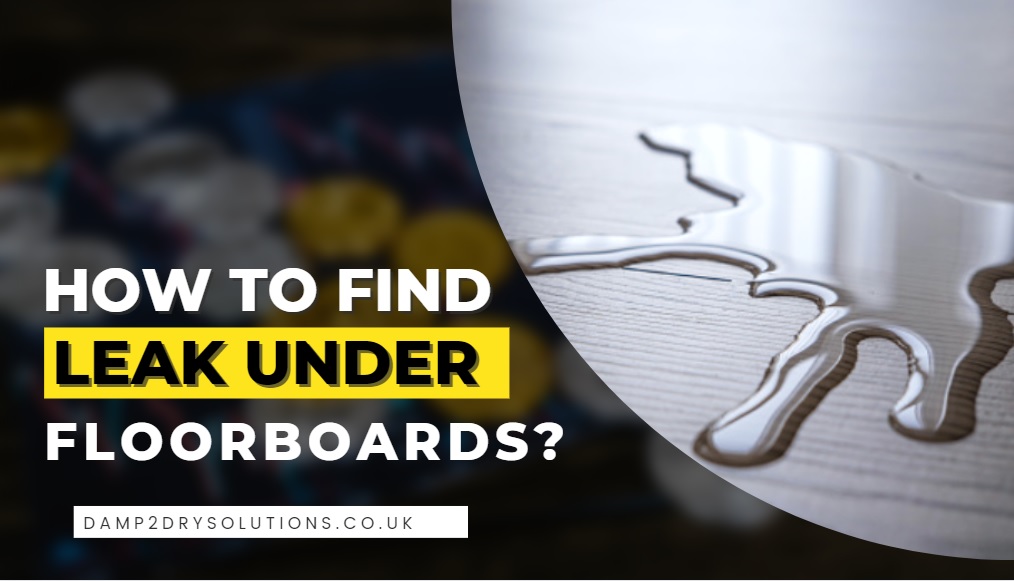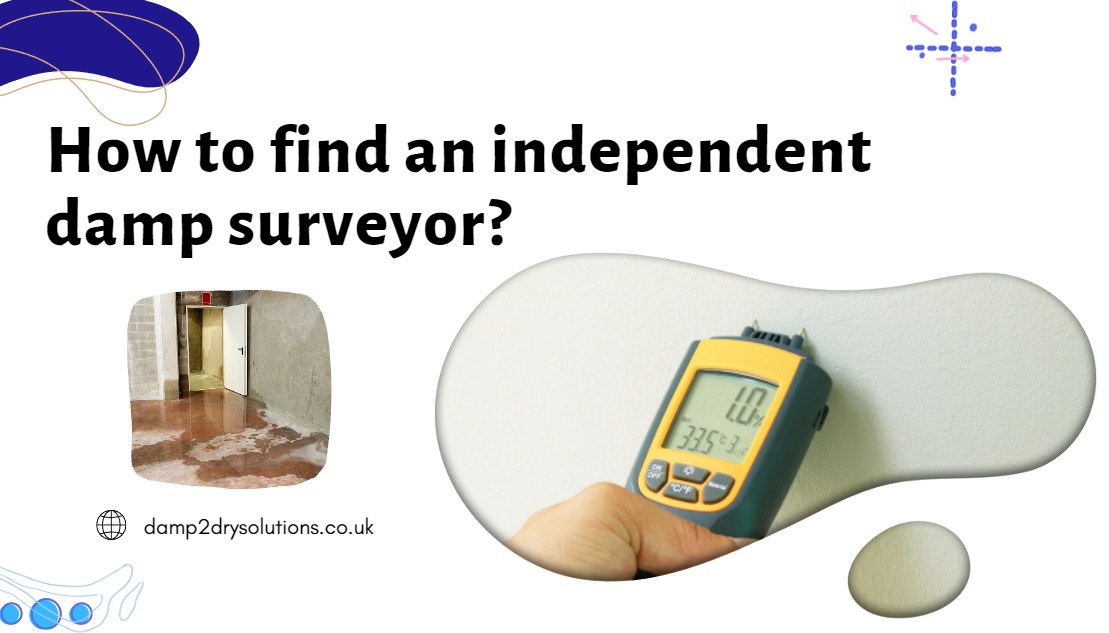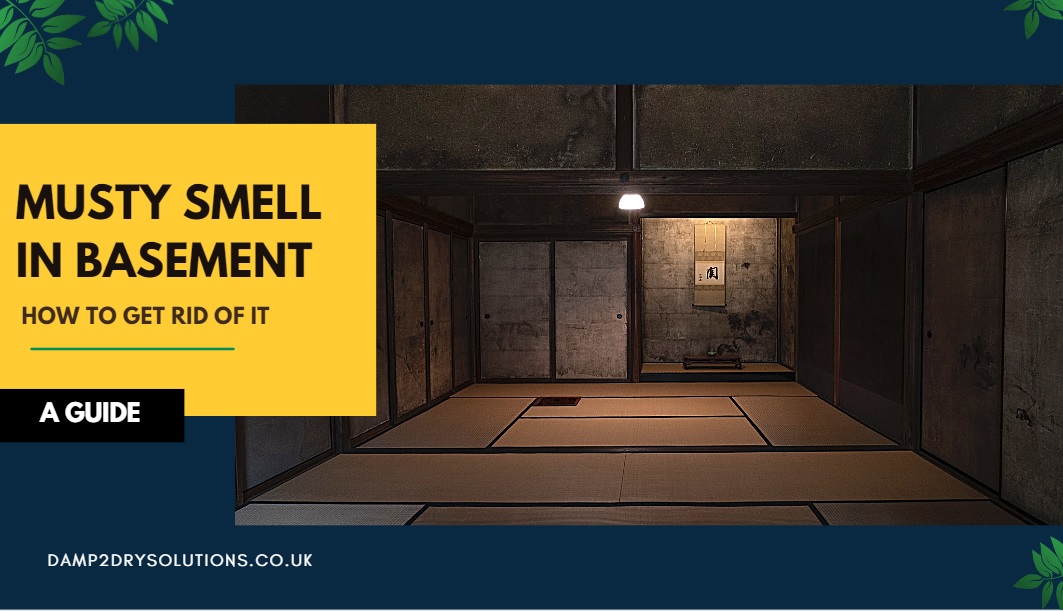You’ll need assistance if you’re wondering how to locate water leaks under a floor. The last thing any homeowner wants to do is start aimlessly lifting floor coverings and flooring in a hopeless quest.
Not least because so many modern homes have expensive floor coverings, and any misdiagnosis might result in costly blunders.
The first step is to determine which system the leak is on. Is it on your bathroom and kitchen faucets’ hot and cold supply pipes, or is it a heating systems leak? Is it a leak in the property’s main supply pipe? Once you have the answer, you may start planning your strategy.
Water leak detection firms, such as Damp2Dry Solutions, use sophisticated equipment to locate water leaks beneath the floor.
However, simple logical reasoning and a process of removal can often go a long way toward limiting the problem to a particular system, floor level, or room.
How to detect a water leak under floorboards?
Simple steps might involve simple listening; big leaks on pressurised pipes generate a noise that can occasionally be heard.
Water Loss Solutions has highly sensitive microphones and correlators that can listen and compute the site of a leakage along a pipe’s length.
Leakages on hot pipes frequently cause hot spots on top floor coverings; feel for these. Damp2Dry Solutions features infrared cameras that can detect temperature fluctuations and often discover a leak in a hot water pipe.
Look for indications of water damage, such as discoloration or bubbling on floor coverings or decorations.
Water vapour generates pressure, and most household building materials react to water by distorting or deteriorating. If you can’t find your water leak using such basic methods, it’s time to call in the professionals.
Damp2Dry Solutions has performed thousands of water leakage detection jobs. We have all of the required tools and knowledge to assist in locating the leak. We chose Sewerin equipment that we believe is the best on the market.
Gas Tracer
Tracer Gas can be introduced into the pipe network, allowing us to ‘sniff out’ any leaking gas from the pipelines. The location of the leak is indicated by where the detecting device sounds an alarm.
Infrared Camera
These are especially effective for detecting water leaks in hot supply pipes, heating systems pipes, and underfloor heating loops. They map out and clearly depict the line of hot pipes using sensitive detectors; any leaks will appear as a plume.
Correlators And Acoustic Listening
These are extremely sensitive sensors that are strapped onto the pipe and listen for noises caused by escaping water. This is quite useful when attempting to locate a water leak beneath a floor.
In some cases, correlators can also be used to find the actual leakage location along a certain length of the pipe.
Cameras With Borescope
We use them here all the time because they are a quick and easy way to see behind and under obstacles without doing too much harm. A small 20mm opening can be made in an inconspicuous location, and a small camera can be installed on a movable swan neck extension.
These are great for rapid inspections under flooring, vanity units, and shower trays, among other places.
How to lift floorboards?
If you intend to turn it into a weekend DIY project, the expense of pulling up wood floors is typically limited to the cost of the tools and equipment required. You can even save money if there is indeed a local tool library nearby you where you can rent the tools you need.
Depending on the area of the room and what you intend to do with the wood afterwards, you may have to rent a dumpster to dispose of the debris. Let’s look at some steps on How to lift Floorboards.
Step 1: Acquire the Required Equipment
Step 2: Get Ready to Remove Your Wood Floors
Step 3: Prepare Your Hardwood and Protect Your Subfloor
Step 4: Pry the Hardwood Up
Step 5: Remove the Debris
Will wet floorboards dry out?
Obviously, if there’s been a leak, there is a chance of damp, mould, and property damage. This is especially dangerous with wooden floorboards since extended damp exposure can cause rot or structural damage, so drying them out securely is critical.
Clearly, the difficulty of drying water damage will be determined by…
- How long has the leak been going on?
- How fast the leak is flowing
- Whether the water is hot or cold – heated water can be more challenging to work with.
- The substance that has been touched by the leak – even different woods respond differently.
- The circumstances beneath the floor, such as airflow from air bricks and vents.
- Several other criteria will be evaluated and recommendations will be made.
Water damage repairs are frequently required, and we can also assist with that using our specialised drying equipment, including dehumidifiers.
It is critical to ensure that the damage is fixed efficiently in order to recover the property and avoid the possibility of a water leak.
How to avoid future issues?
Always remember to allow entry points on your floor where you think there is a lot of plumbing when building a new wooden floor, particularly in the bathroom or kitchen.
Install an isolation tap above the floor level to buy you some time in the event of a water leak.
Last but not least, keep all of your appliances and pipes in good working order. It will almost certainly not avoid random leaks in all circumstances, but it will undoubtedly reduce the risk or severity of the problem.





